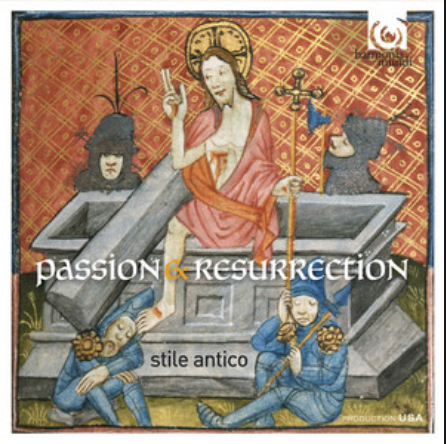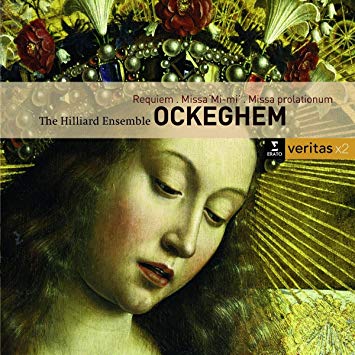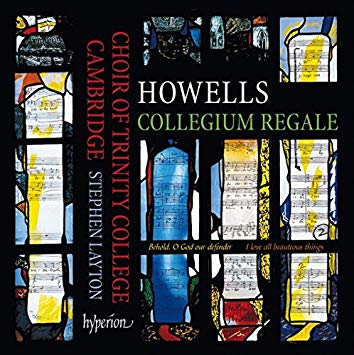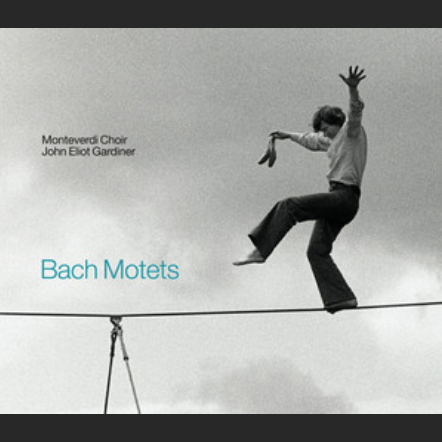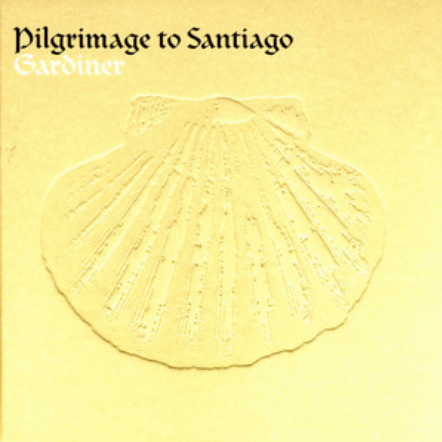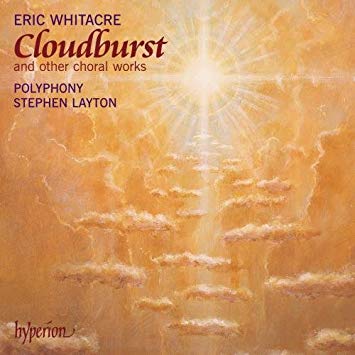Music
Choral music has always been my greatest love. There’s something deeply moving about the human voice - and when several are interwoven together, in a great acoustic. It completely envelopes my senses, and sometimes so much so that I feel a tingling down my back and at the ends of my fingertips. When you find something you love that much you do what you can to fill your life with it. In whatever way I can, I hope I can help new listeners hear it the way I do: filled with magic, expression, and deep emotion.
This passion has manifested across a several projects experimenting with sound, light, movement, video, technology and other genres; as well as just some really fun singing. Of note:
2023 - Present Singer, Southwell Consort
2023 Producer, Vocal Meditation Room - London Tech Week
2022 - Present Director, Singforce
a UK-focused workplace choir programme
2020 - Present Founder, Biiah
a music healthtech app that helps you find the power in your voice
2012 - Present Founder & Artistic Director, Concanenda
a choir I founded in 2012 focused on promoting choral music through experiential design, cross-genre collaborations, recorded music, film, and digital engagement. The singers were originally drawn from the University of Cambridge’s chapel choirs.
2015 Executive Producer, King's Chapel 500th Anniversary Contemporary Music Festival
Featuring 11 ensembles including 190 performers; Stockhausen's Stimmung; Philharmonia Orchestra featuring George Benjamin; The Choir of King's Chapel, Cambridge; a recital given by John Butt; and Marcus Stockhausen.
2014 Co-Director & Conductor, Jesus Singers (a capella)
2012 - 2014 Founder, Concanenda Ltd
a digital start-up incepted in 2012 focused on creating accessibility to choral music through digital media.
2015 - 2021 Creator, The Baby Whisperer
a music starter guide for carers who want to play classical music to their children
2013 - 2014 Choral Scholar, The Choir of Jesus College, Cambridge
2012 - 2014 Assistant Conductor, King's Junior Voices
2011 - 2012 Founder & Artistic Director, Crepusculum Choir
a choir I founded in 2011 at Berklee College of Music singing traditional choral music
2005 - 2008 Singer, Grace Notes (6-person a capella)
1998 - 2004 Singer, The Choir of the Cathedral of St. John the Divine (Head Chorister 2003-2004)
A choir (also known as a quire, chorale or chorus) is a musical ensemble of singers. Most choirs are led by a conductor, who leads the performances with arm and face gestures. The genre of music sung by a choir is called choral music.
The oldest unambiguously choral repertory that survives is that of Ancient Greece: Delphic hymns from the 2nd century BC. The earliest notated music of western Europe is Gregorian chant. The tradition of unison choir singing started sometime between the times of St. Ambrose (4th century) and Gregory the Great (6th century) and evolved later in the Middle Ages to a new type of singing involving multiple melodic parts.
The first evidence of polyphony in which there are apparent divisi, one part dividing into two simultaneously sounding notes was found in the Old Hall Manuscript (14th century). By the 16th century, choral music had reached a golden age marked by rich polyphonic textures and expressive depth.
Just starting your 16th century polyphony journey? Here’s my early music starter kit.
In Memoriam, EP Recording, June 2014 | Swaffham Prior (built in 1100 AD)
VESPERS, 27 February 2014 | Jesus College Cambridge (15th Century)
16th century great fun with friends, Spring 2014 | Hallway, Cambridge
Game of Thrones recording, Fall 2013 | Jesus College Chapel, Cambridge
Bright Shadows Album Recording, January 2013, Sidney Sussex Chapel, Cambridge
Candle concert in a big bubble! February 2014 (Festival of Light)
Project Recording, Sprint 2014 | Flat in Cambridge
Concanenda, Spring 2014
Preview ahead of Rising from the Ashes gig, February 2014




















